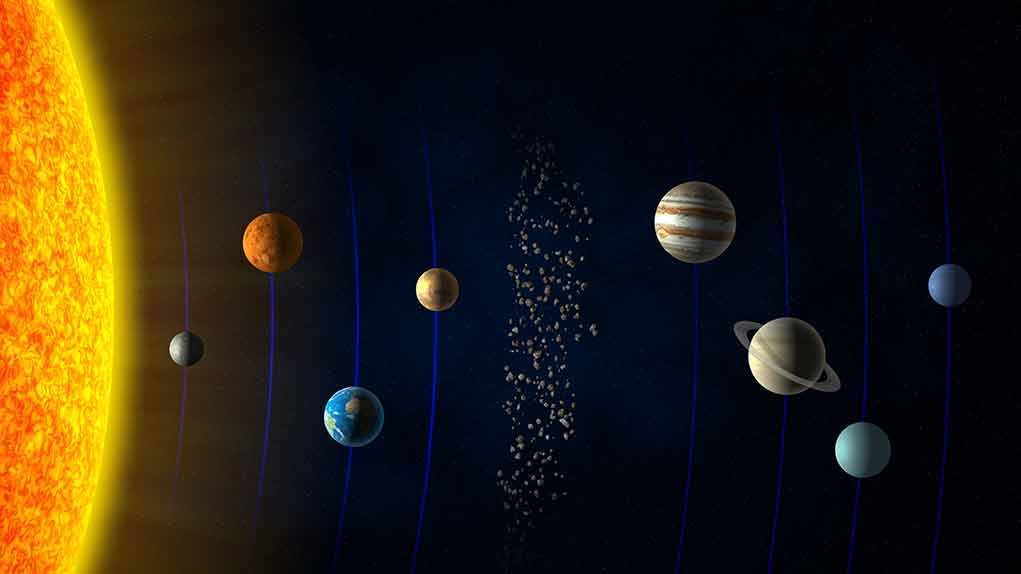
A mysterious interstellar object challenges our understanding of the cosmos, raising exciting possibilities, including its potential artificial origin.
Story Snapshot
- 3I/ATLAS is the third confirmed interstellar object entering the solar system.
- The object was officially discovered in July 2025 by the ATLAS telescope in Chile.
- Debate arises over its nature, with some suggesting it could be artificial.
- Astronomers are keenly observing its closest approach to the Sun in October 2025.
Discovery of 3I/ATLAS
On July 1, 2025, astronomers made a groundbreaking discovery of 3I/ATLAS, an interstellar object entering our solar system. This marks only the third observation of such an object, following 1I/ʻOumuamua and 2I/Borisov. The ATLAS telescope in Río Hurtado, Chile, captured the object, sparking immediate scientific interest due to its unusual trajectory and characteristics. The object has been classified as a comet, but its peculiarities have led to alternative hypotheses, including potential artificial origins.
The 3I/ATLAS discovery followed pre-discovery images captured on June 14, 2025, by ATLAS telescopes and Caltech’s Zwicky Transient Facility. By July 2-3, the object’s interstellar origin was confirmed, and a public announcement was made. Its trajectory brings it closest to the Sun in late October 2025, just inside Mars’ orbit. This close approach presents a unique opportunity for close observation using Mars-based instruments, potentially providing unprecedented insights into interstellar objects.
Scientific and Public Debate
The discovery has fueled a vibrant debate within the scientific community. While most astronomers classify 3I/ATLAS as a comet, Harvard’s Avi Loeb has proposed alternative theories, suggesting the possibility of artificial origin due to its brightness profile and lack of a prominent tail commonly seen in natural comets. This speculation has stirred public interest, highlighting the need for further observation and analysis to determine its true nature.
NASA and the European Space Agency (ESA) have confirmed the object’s interstellar trajectory and have stated there is no threat to Earth. They are conducting ongoing observational campaigns to characterize its physical and chemical properties. The Hubble Space Telescope and other observatories are closely monitoring the object’s approach, providing valuable data to support or refute the various hypotheses.
Implications and Future Observations
The short-term implications of observing 3I/ATLAS are significant, offering a rare opportunity to study an interstellar comet in detail. This could lead to high-impact scientific publications and enhanced public engagement with space science. In the long term, the study of such objects could improve our understanding of the composition and dynamics of bodies from other star systems, potentially leading to paradigm shifts in our knowledge of the cosmos.
Astronomers and planetary scientists are particularly interested in the object’s closest approach to the Sun and Mars, scheduled for October 2025. The potential for Mars-based observations could provide unprecedented data, contributing to science’s understanding of interstellar phenomena. The debate over the object’s nature, whether natural or artificial, underscores the excitement and mystery surrounding this cosmic visitor.















